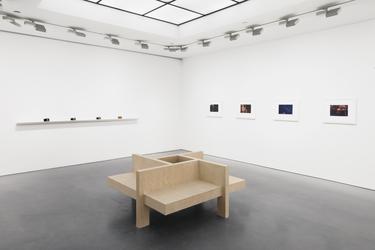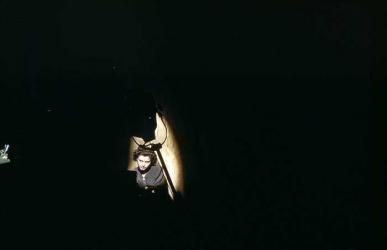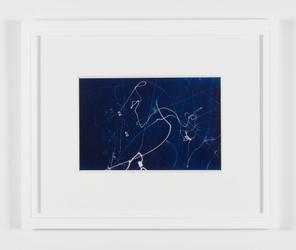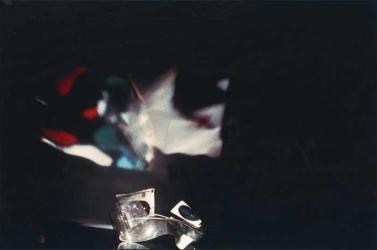László Moholy-Nagy
Artistic pioneer, educator, and prolific writer László Moholy-Nagy (b. 1895, Borsód, Austria-Hungary; d. 1946, Chicago) championed the potential of art as a vehicle for social transformation, working hand in hand with emergent technologies to leverage the positive capacity for “productive creation” as he called it. A restless innovator, and one who defied categorization, Moholy-Nagy, over the course of two decades, experimented with a wide variety of mediums including sculpture, photography, painting, collage, film, and kinetic works, and formulated and expressed theories in numerous influential writings that continue to inspire artists and designers today.
Invited by Walter Gropius to join the faculty at the Bauhaus school of art and design, Moholy-Nagy taught in Weimar and Dessau from 1923 to 1928. In 1937, he was appointed to head the New Bauhaus in Chicago and later opened his own school of design––Institute of Design––which today is part of the Illinois Institute of Technology.










